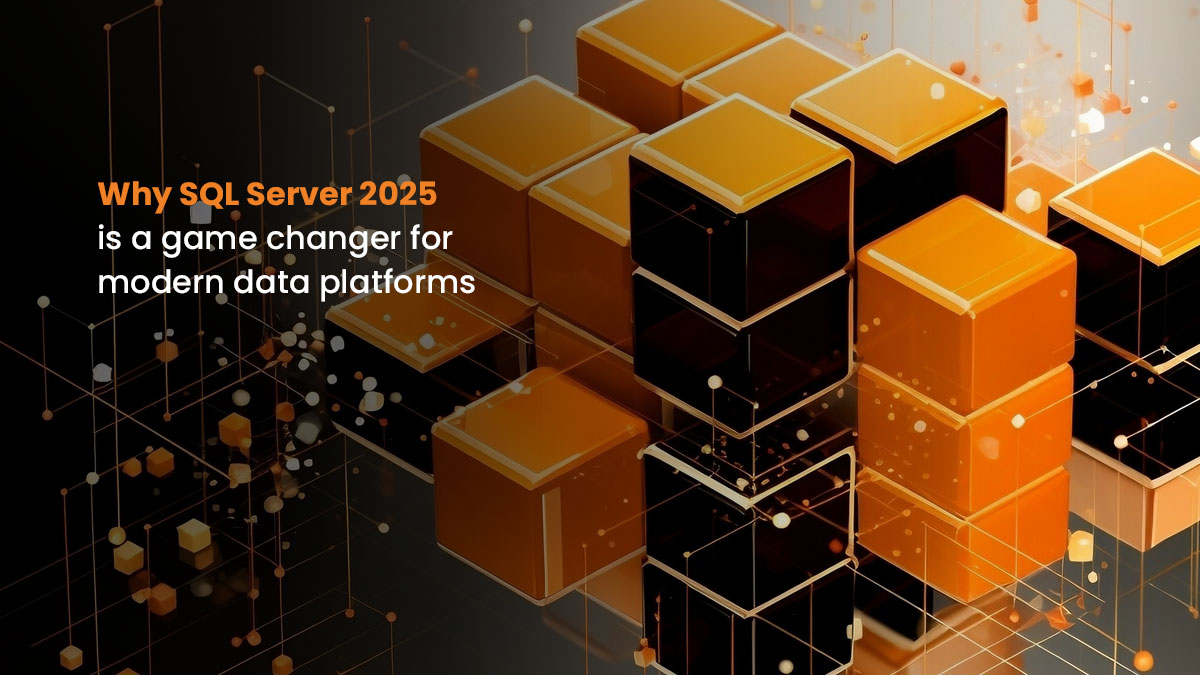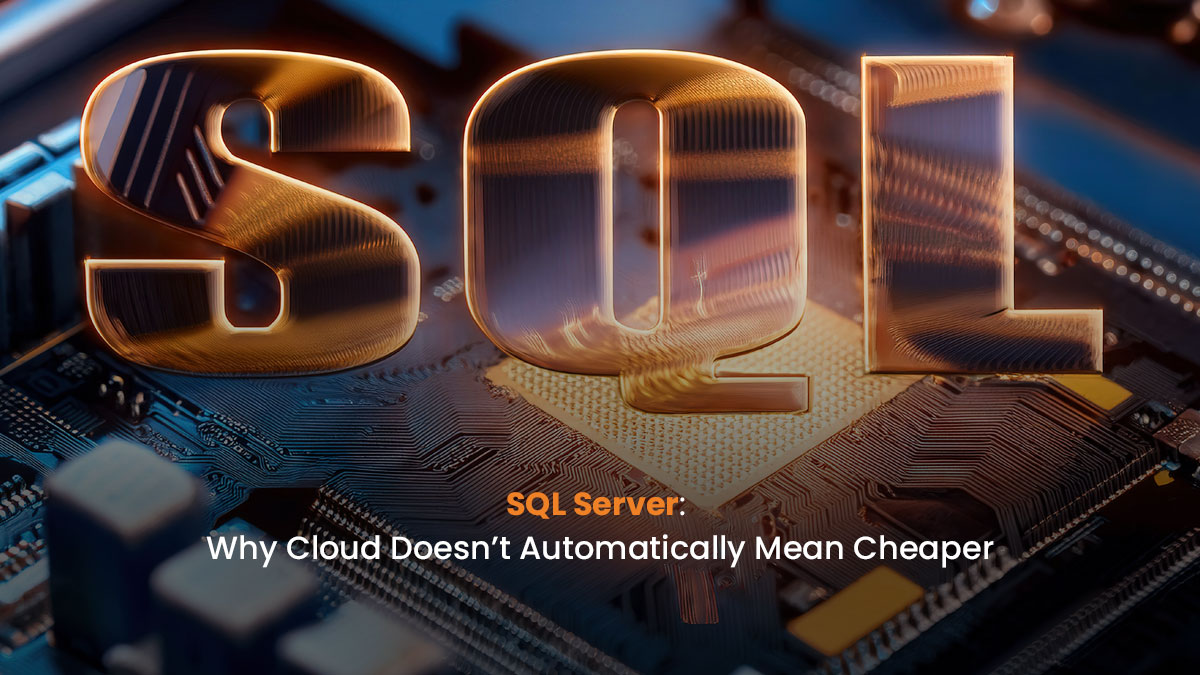Windows 10: the end is near. Are you ready for Windows 11?
On October 14, 2025, Windows 10 will no longer be supported
Microsoft’s timetable is unequivocal: as of October 14, 2025, Windows 10 will officially cease to be supported. This means that all devices still running this version of the operating system will no longer receive security updates or technical support. For businesses, this change represents a turning point. The prospect of no longer being able to secure workstations, facing compliance issues, or suffering service interruptions is not an abstract hypothesis, but a very tangible reality.
At Nova DBA, we’re already supporting several organizations in this transition. Our aim is to transform this imposed change into a modernization opportunity. Because the sooner you plan for this migration, the more control you’ll have.
Why planning is crucial
Migrating an operating system across an organization is never an easy task. It’s not just a simple version change. It’s a strategic operation which, if poorly prepared, can cause major disruption. By delaying the planning stages, you increase the risk of exposure to vulnerabilities, put yourself at risk in the event of a regulatory audit, and create considerable operational pressure on your IT teams.
Conversely, starting the transition now allows you to plan the change at your own pace, test your deployment scenarios, prepare users and significantly reduce the unexpected. A well-orchestrated migration is also a gesture of prevention, security and efficiency.
Windows 11: Tools adapted to your reality
There’s no single way to migrate to Windows 11. It all depends on your current technological environment, your management tools, your organizational structure and your level of digital maturity. Nova DBA adapts to each situation, offering a flexible approach.
For organizations using System Center Configuration Manager (SCCM), migration can take place within a structured, controlled framework, supported by robust deployment policies. This is a proven method for well-managed on-premises environments. If your organization prefers cloud-based device management, Microsoft Intune offers a modern, secure and automated solution for touchless deployment, particularly suited to hybrid or telecommuting environments.
And if you’re already using third-party tools such as Tanium, SmartDeploy or Adaptiva, we can integrate them into your overall strategy. These solutions allow greater customization to your specific needs and can be adapted to complex or distributed structures.
Don’t overlook user profiles
It’s striking how often such a critical aspect as user profile migration is overlooked. And yet, it’s one of the primary factors influencing employee experience of a system upgrade. A poorly migrated profile often means a user loses documents, personal settings, access to applications, and therefore productivity. It also means an avalanche of requests to the IT department, widespread frustration… and a feeling of improvisation.
That’s why we pay particular attention to this stage. Before migrating anything, you need to know where the data is, understand the existing configurations, and define the best methods for transferring everything cleanly. With the right tools, it’s possible to automate backups, transfer settings from OneDrive, retain local preferences and ensure a consistent user experience before, during and after deployment. This level of care makes all the difference.
Check your hardware compatibility
Migrating to Windows 11 isn’t just a question of willpower. You also need to ensure that your devices are compatible. Microsoft imposes strict hardware requirements, such as a 64-bit dual-core processor, a TPM 2.0 module, secure boot via UEFI and a minimum 720p display. If some of your workstations don’t meet these criteria, they will have to be replaced or treated differently.
That’s why we always start with a precise inventory of your installed base. Using a customized compatibility matrix, we help you identify which sets to keep, which to upgrade, and which to retire. This enables you to budget, prioritize and plan rationally, rather than reacting in a hurry.
A migration to Windows 11 is also a change project
The success of a migration project depends on more than just tools and technology. It also depends on communication, user buy-in and the quality of the support provided. A well-prepared migration is also a change management project. It requires clear milestones, a progressive roll-out plan, messages adapted to the various stakeholders, and support at the critical moment of the changeover.
At Nova DBA, we see ourselves as partners committed to your success. From the initial analysis to the final go-live, we’re here to steer every step of the way, anticipating risks and reducing your internal workload.
Time to act
The end of Windows 10 shouldn’t be a threat to your organization, but an opportunity to get ahead of the curve. Those who prepare early ensure a controlled transition, without stress or last-minute surprises. Those who wait too long risk finding themselves in a race against time, with avoidable impacts.
If you’re not sure where to start, or would like to structure your approach, our team is ready to support you. Contact your Nova DBA account manager or project manager. Together, we’ll build a clear, secure and sustainable migration plan.
More articles that might interest you

How to Optimize SQL Server Performance When You Can’t Touch Application Code
Enterprise and customer-facing applications, like ERPs, CRMs, and other packaged platforms, rarely slow down because of bugs in their own… Read More
Why SQL Server 2025 is a game changer for modern data platforms
Microsoft has just dropped a major update with SQL Server 2025, and it’s a big deal. This isn’t just an… Read More
